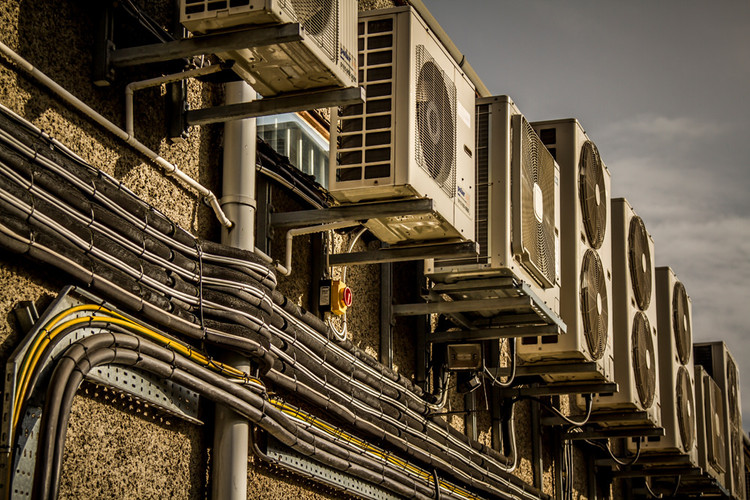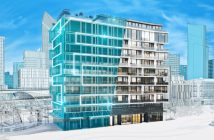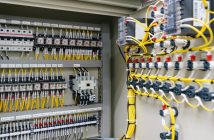Sick building syndrome, which blames factors like heating and air conditioning for sickness, days off and poor performance has been a worry since the 80’s

COVID-19 has highlighted the need for a fresh focus on intelligent ventilation systems. Most ventilation systems are just not up to the job when it comes to helping curb the spread of COVID-19. That’s the message from a study of how infectious diseases spread in tightly packed buildings using different ventilation systems.
“The most commonly used ventilation systems are inadequate at lowering airborne transmission risks,” said Professor Hussam Jouhara at Brunel University London.
“High occupancy buildings must be better adapted as a matter of urgency to reduce disease transmission resulting from inappropriate or inadequate ventilation,” said Prof Jouhara.
“Covid-19 has exposed areas requiring urgent development to protect our health, well being and the economy by providing safe indoor environments for employees or students,” he said in a study published by the International Journal of Thermofluids.
While social distancing and wearing a mask can lower COVID-19 transmission, indoor airflows in buildings holding lots of people must work better to remove airborne pathogens, the study finds.
Depending what the weather is like outside, most ventilation systems suck in outdoor air, then heat or cool it before circulating it round the building. The ‘used’ air then either gets pumped back outside, or is recirculated in the system.
Most current systems use centralised air distribution and ceiling level air supply or recirculation, which create the best conditions for disease to spread, the study says. And with claims the virus can stay in the air for up to three hours, the more people come and go from the building, the more the virus spreading pathogens people are exposed to.
Swapping these centralised systems for displacement ventilation systems such as natural ventillation, or naturally assisted ventilation (mixing mechanical extract with controlled inlet openings).
Poor maintenance and alterations to cut energy use or noise also mean there’s often a big gap between the level of ventilation laid down by building standards and reality, the team found. In classrooms, ventilation rates often fail to reach required minimum standard, several studies show. The peak CO2 concentration often exceeded the recommended levels.
“Since the vast majority of air conditioners and hybrid ventilation systems in public buildings mix the indoor air like a blender and utilise air recirculation, it raises the question over their safety and indicates the need for further research, so safety can be improved, especially in the light of the COVID-19 pandemic,” says Prof Jouhara.
“If designed and implemented appropriately, natural ventilation measures, or a combination of localised mechanical exhaust and large cross section natural inlets, can provide an adequate displacement ventilation solution, significantly reducing the risk of infection.”



